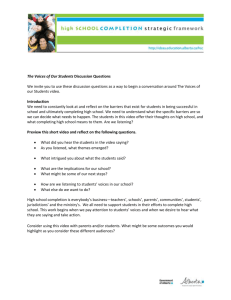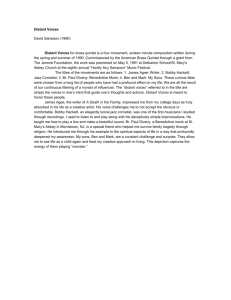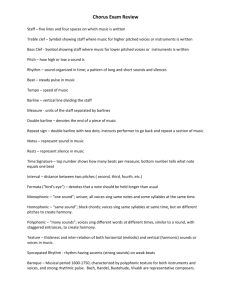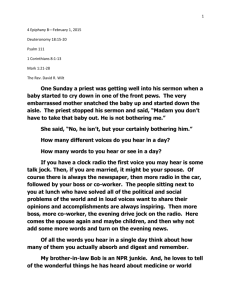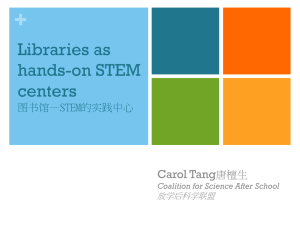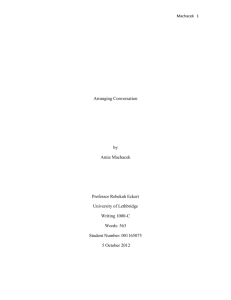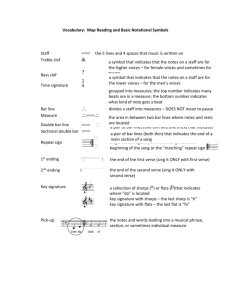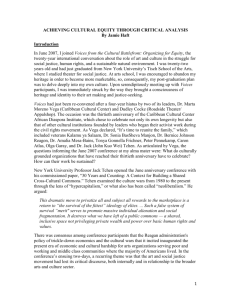From Carlo Trajna`s paper Stimulated Psychophony pp
advertisement
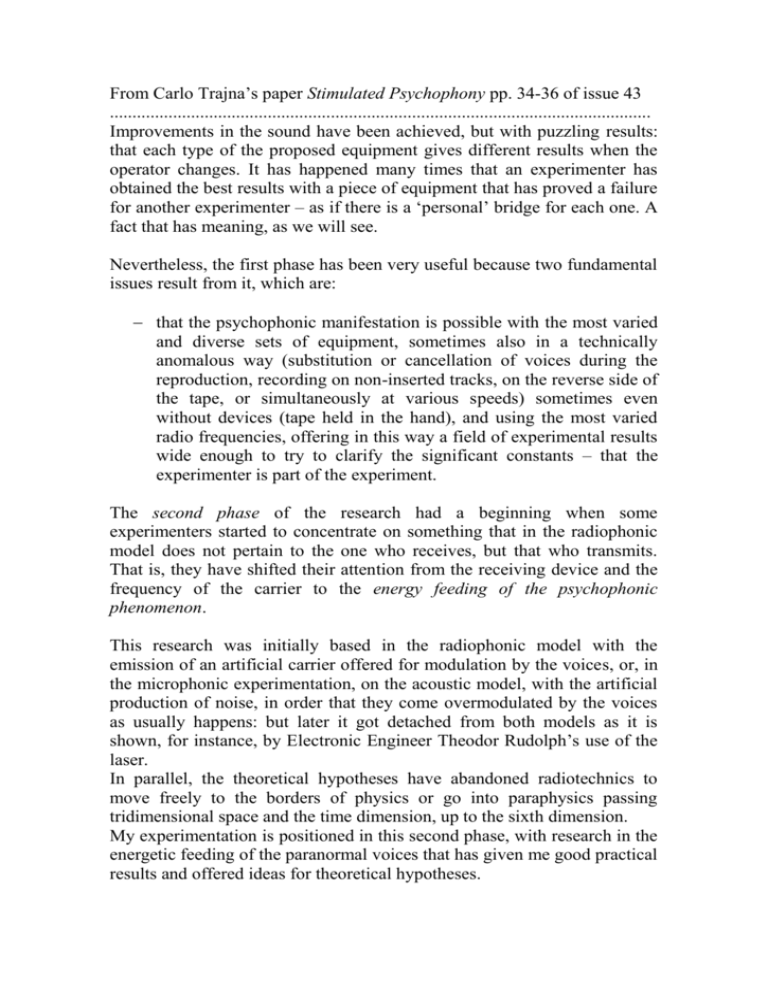
From Carlo Trajna’s paper Stimulated Psychophony pp. 34-36 of issue 43 ........................................................................................................................ Improvements in the sound have been achieved, but with puzzling results: that each type of the proposed equipment gives different results when the operator changes. It has happened many times that an experimenter has obtained the best results with a piece of equipment that has proved a failure for another experimenter – as if there is a ‘personal’ bridge for each one. A fact that has meaning, as we will see. Nevertheless, the first phase has been very useful because two fundamental issues result from it, which are: that the psychophonic manifestation is possible with the most varied and diverse sets of equipment, sometimes also in a technically anomalous way (substitution or cancellation of voices during the reproduction, recording on non-inserted tracks, on the reverse side of the tape, or simultaneously at various speeds) sometimes even without devices (tape held in the hand), and using the most varied radio frequencies, offering in this way a field of experimental results wide enough to try to clarify the significant constants – that the experimenter is part of the experiment. The second phase of the research had a beginning when some experimenters started to concentrate on something that in the radiophonic model does not pertain to the one who receives, but that who transmits. That is, they have shifted their attention from the receiving device and the frequency of the carrier to the energy feeding of the psychophonic phenomenon. This research was initially based in the radiophonic model with the emission of an artificial carrier offered for modulation by the voices, or, in the microphonic experimentation, on the acoustic model, with the artificial production of noise, in order that they come overmodulated by the voices as usually happens: but later it got detached from both models as it is shown, for instance, by Electronic Engineer Theodor Rudolph’s use of the laser. In parallel, the theoretical hypotheses have abandoned radiotechnics to move freely to the borders of physics or go into paraphysics passing tridimensional space and the time dimension, up to the sixth dimension. My experimentation is positioned in this second phase, with research in the energetic feeding of the paranormal voices that has given me good practical results and offered ideas for theoretical hypotheses. This personal approach allows me a classification that I call spontaneous psychophony, which manifests [itself] in the absence of artificial energy feeding, and stimulated psychophony which is energetically fed. I would welcome a better suggestion from whoever does not accept this conclusion. A brief analysis of the spontaneous psychophony seems necessary at this point to lay down the basis of the discourse. The psychophonic phenomenology, which I have called spontaneous, has manifested itself until today: A) By means of a microphone, i.e. with an acoustic-electric transducer, with modalities that vary depending on the different surrounding acoustical conditions and in particular: 1) in silent surroundings, i.e. with acoustical vibrations of an intensity inferior to the normal hearing threshold, the voices are produced with frequency and intensity at the minimum level, and are almost all aphonic, rarely being timbric of normal intensity; 2) in noisy surroundings, excluding music and human voices, the voices increase in intensity and frequency, often modulating the noise or remaining aphonic, except in rare exceptions, when they are timbric as above; 3) in musical surroundings, the voices diminish in frequency and increase in intensity, and are almost all timbric, often singing; 4) in surroundings with human voices, the voices increase in intensity and frequency, and almost all are timbric, obtained by overmodulation, substitution or insertion in the pauses; 5) in whole-sound surroundings, i.e. permeated with noises, music and human voices, the voices reach the maximum of intensity and frequency, and a high percentage are timbric. These are the modalities that result from my experience: they clearly demonstrate that through the use of the microphone [for EVP] there is a quantitative and qualitative correlation between the acoustic characteristics of the voices and the ambient acoustic conditions that is configured as follows: ……………………………………………………… ……………………………………………………………………………....
